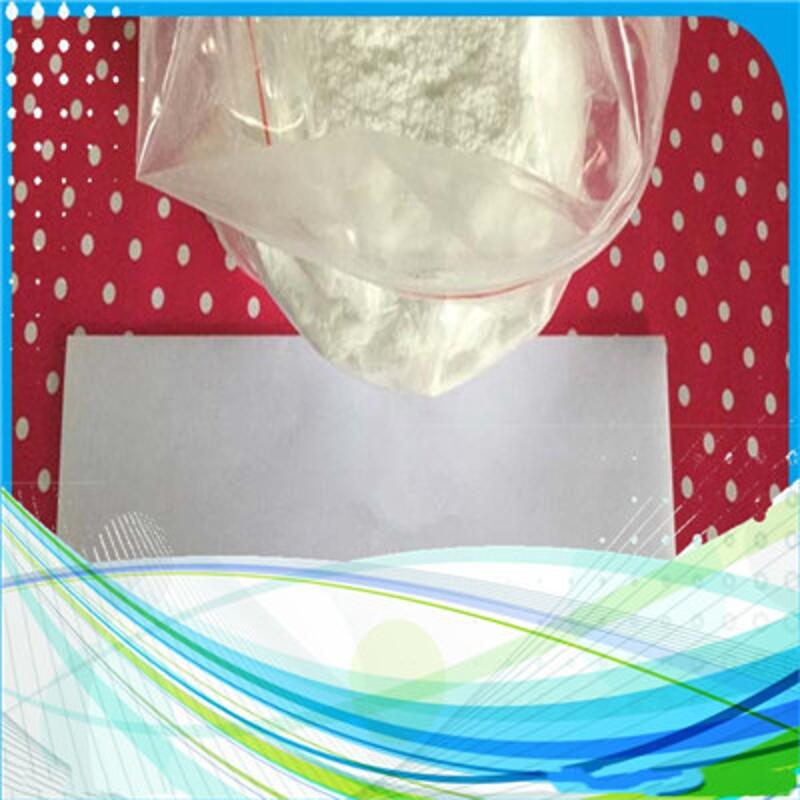-
Categories
-
Pharmaceutical Intermediates
-
Active Pharmaceutical Ingredients
-
Food Additives
- Industrial Coatings
- Agrochemicals
- Dyes and Pigments
- Surfactant
- Flavors and Fragrances
- Chemical Reagents
- Catalyst and Auxiliary
- Natural Products
- Inorganic Chemistry
-
Organic Chemistry
-
Biochemical Engineering
- Analytical Chemistry
-
Cosmetic Ingredient
- Water Treatment Chemical
-
Pharmaceutical Intermediates
Promotion
ECHEMI Mall
Wholesale
Weekly Price
Exhibition
News
-
Trade Service
Recently, Ding Jianping, a researcher at the Center for Excellence and Innovation in Molecular Cell Science of the Chinese Academy of Sciences, published a research paper online on Cell Discovery entitled Structure, substrate specificity, and catalytic mechanism of human D-2-HGDH and insights into pathogenicity of diseases associated with mutations.
The study revealed the molecular mechanism of the substrate-specific identification and catalytic reaction of D-2-hydroxydyn acid dehydrogenase (D-2-HGDH), and expounded the role of D-2-HGDH mutants in the genetic disease D-2-hydroxydydic acid uric acid.
2-hydroxydygenic acid (2-HG) is a by-product of some enzyme-promoting reactions in normal cell metabolism and is divided into D and L types according to the hand of the second carbon atom connected with hydroxyl.
accumulation of 2-HG in the body can lead to hydroxypropypyl diacide urinary disease (2-HGA) and is associated with a variety of malignant tumors. There are two functional enzymes in
human mitochondrials, D-and-L-2-HG dehydrogenase (D-and-L-2-HGDH), which, with FAD as coenzymes, catalyz D-and-2-HG oxidation dehydrogenation to produce 2-OG, respectively, to keep the 2-HG content in the cells at a low level (about .lt;100 mM).
2-HGA is a rare recessive neurogenetic disorder of the common chromosome, characterized by elevated concentrations of 2-HG in the patient's blood, urine and cerebrospinal fluid, and clinically divided into D-2-HGA, L-2-HGA and hybrid D, L-2-HGA, according to the type of 2-HG in the patient's urine.
patients in the clinical manifestations of different degrees of developmental retardation, mental decline, epilepsy, brain abnormalities and other symptoms, the disease currently has no effective treatment.
mutations in the D-2-HGDH gene impair the function of D-2-HGDH, leading to the accumulation of D-2-HG, which in turn triggers type I D-2-HGA.
new catalytic activity is obtained after the mutation of isochlic acid dehydrogenase 2 (IDH2), which can restore 2-OG to D-2-HG, which also causes D-2-HG to accumulate in cells, triggering type II D-2-HGA.
addition, genetic mutations in D-2-HGDH are also associated with the occurrence of dispersive large B-cell lymphoma.
, it is not clear to the academic community that D-2-HGDH specifically identifies substrates and the molecular mechanisms that perform catalytic functions and the relationship between mutations and disease occurrence.
Jun and Zhu Hanwen, Ph.D. students in Ding Jianping Group, analyzed for the first time the crystal structure of human source D-2-HGDH combined with FAD and combined with substrates D-2-HG, D-appleic acid, D-lactic acid, L-2-HG and 2-OG.
structural analysis shows that D-2-HGDH consists of a FAD binding domain, a substrate binding domain and a C-end domain, and the active reaction center is located on the interface of the FAD binding domain and substrate binding domain.
researchers further used bio-chemical methods to verify the function of key amino acid residues involved in coenzyme and substrate binding and catalytic reactions.
based on structural and functional analysis results, the study reveals the molecular mechanism of D-2-HGDH's specific identification and catalytic response to substrates, and expounds the role of D-2-HGDH mutants in disease occurrence.
, the study provides a structural basis and theoretical basis for clinical drug design and disease treatment.
()







